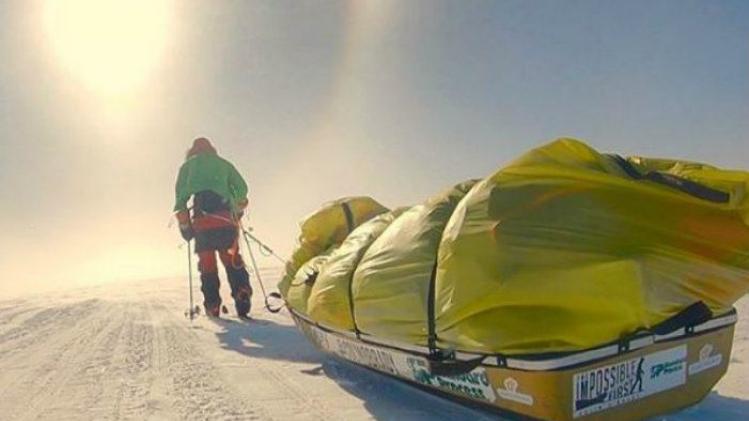Un Américain traverse l'Antarctique en solo et sans assistance, une première

Colin O'Brady, un ancien athlète professionnel âgé de 33 ans, était suivi par GPS et les détails de son aventure ont été publiés chaque jour sur son site colinobrady.com. Equipé de skis de fond, il a tiré sa pulka, une sorte de traîneau transportant toutes ses provisions et son matériel qui posait tout compris 180 kilos.
Tentatives râtées
En 1996-1997, l'explorateur norvégien Borge Ousland avait été le premier à traverser le continent blanc en solo, mais il avait été aidé par un parafoil (un cerf-volant ressemblant à un parapente). D'autres aventuriers ont eux été ravitaillés en cours de route. Le lieutenant-colonel britannique Henry Worsley a trouvé la mort en 2016 en essayant de traverser l'Antarctique seul et sans assistance. D'autres ont fait demi-tour. Le 3 novembre, Colin O'Brady et Louis Rudd, un militaire anglais de 49 ans, ont à leur tour tenté l'aventure.
Un challenge
Ils sont partis ensemble du campement de Union Glacier et ont ensuite cheminé séparément. L'Anglais a un temps fait la course en tête mais c'est finalement l'Américain qui a franchi la ligne d'arrivée en premier. Passé par le pôle Sud le 12 décembre, Colin O'Brady a fini son périple mercredi sur la barrière de Ross, sur l'océan Pacifique. Louis Rudd se trouve un jour ou deux derrière lui. L'Américain a décidé, lors du petit-déjeuner de Noël, de couvrir les derniers 125 kilomètres d'une traite. "Alors que je faisais bouillir mon eau pour mon porridge, une question quasi impossible s'est posée", a-t-il écrit sur Instagram: "Est-ce que je pourrais pousser d'un seul coup jusqu'à la fin?" "Au moment où j'ai lacé mes chaussures, ce plan impossible était devenu un but bien concret."
Trente-deux heures plus tard, sans dormir, il est arrivé à destination. Le New York Times a décrit son exploit comme "l'un des plus remarquables dans l'histoire polaire", à comparer à la "course pour le pôle Sud" qui a opposé le Norvégien Roald Amundsen au Britannique Robert Falcon en 1911. Colin O' Brady n'en est pas à son premier record. En 2016, il avait escaladé les sommets les plus élevés des sept continents, dont l'Everest, en 132 jours ce qui a fait de lui le plus rapide "grimpeur des sept sommets".